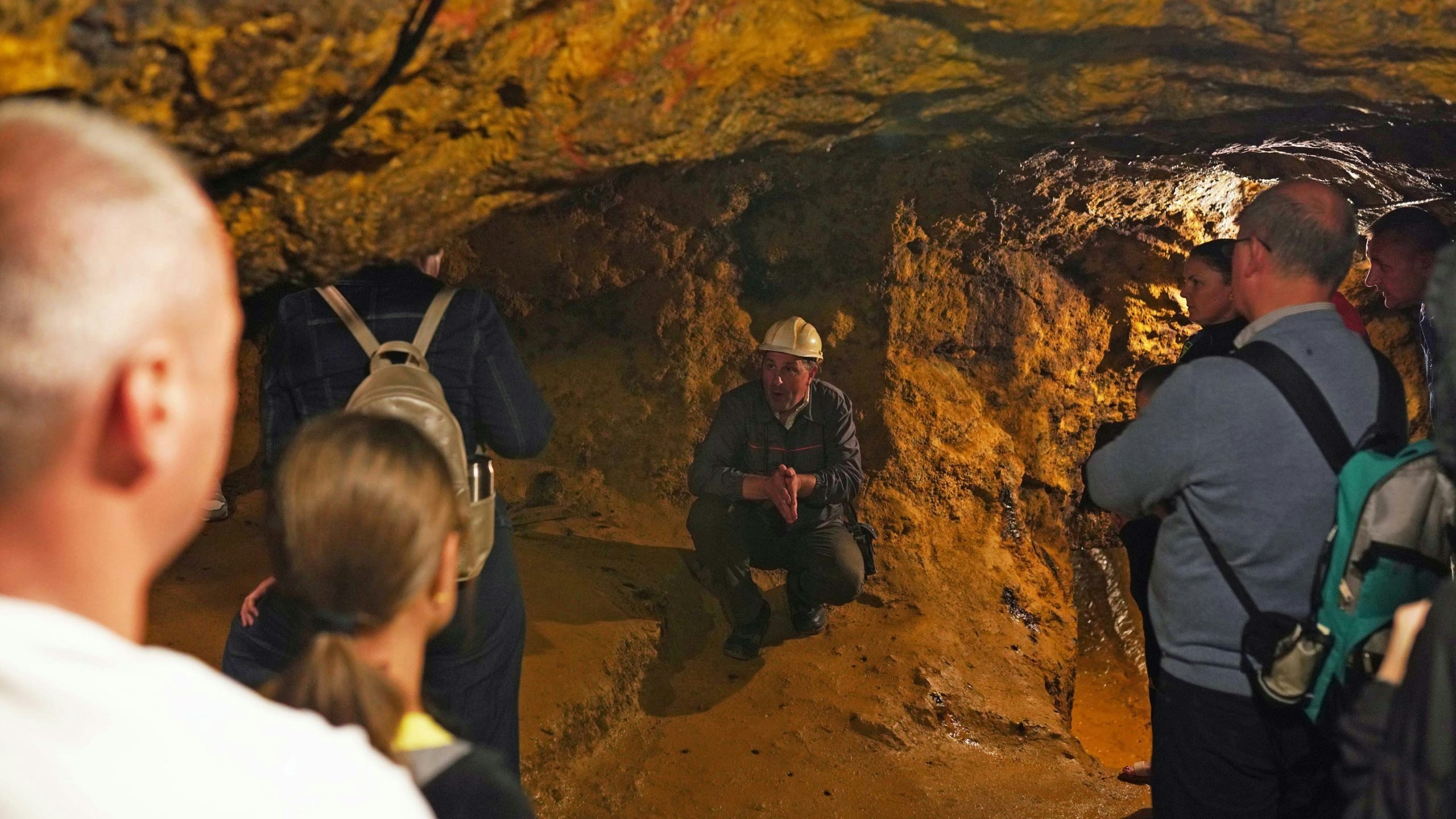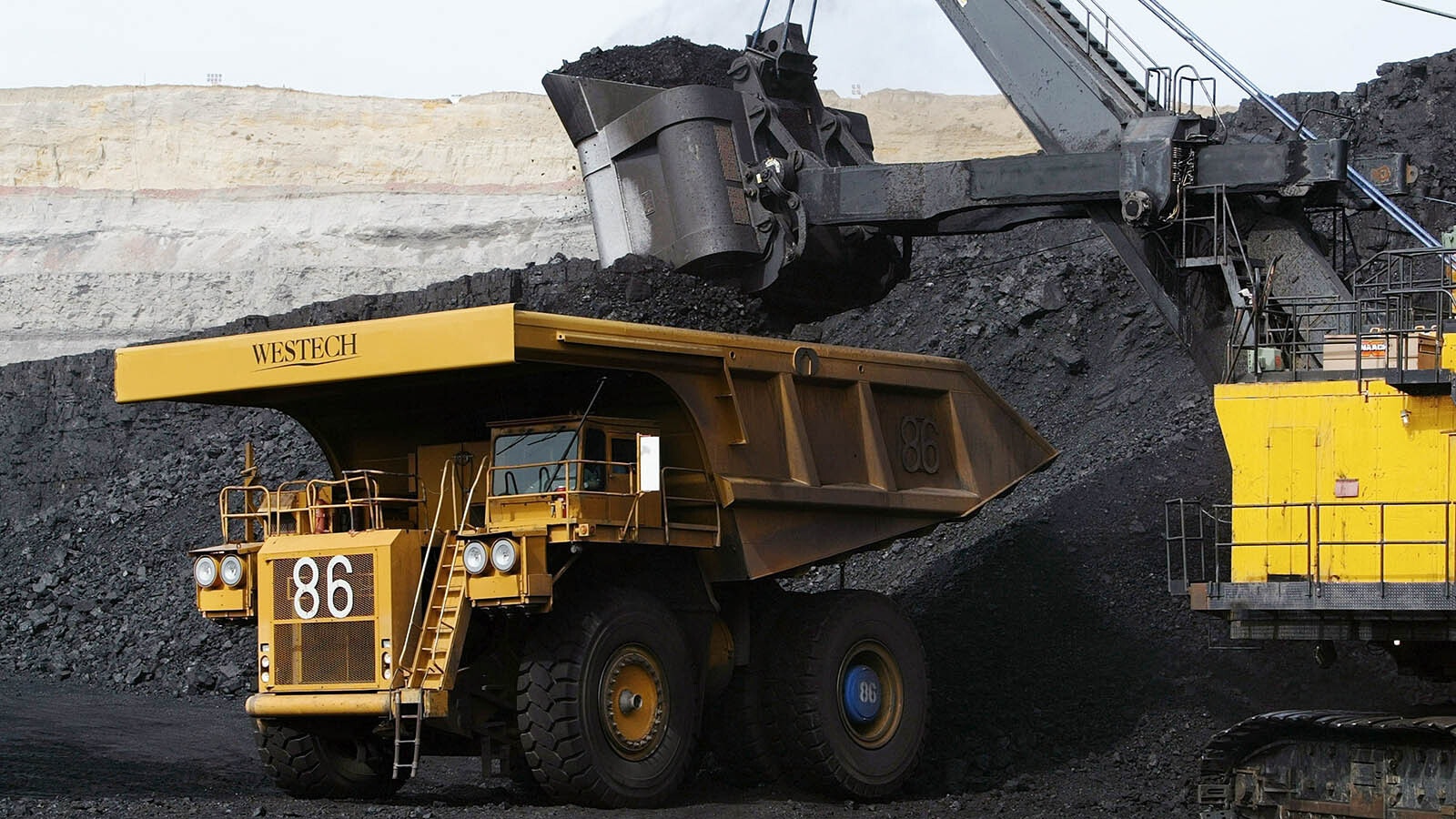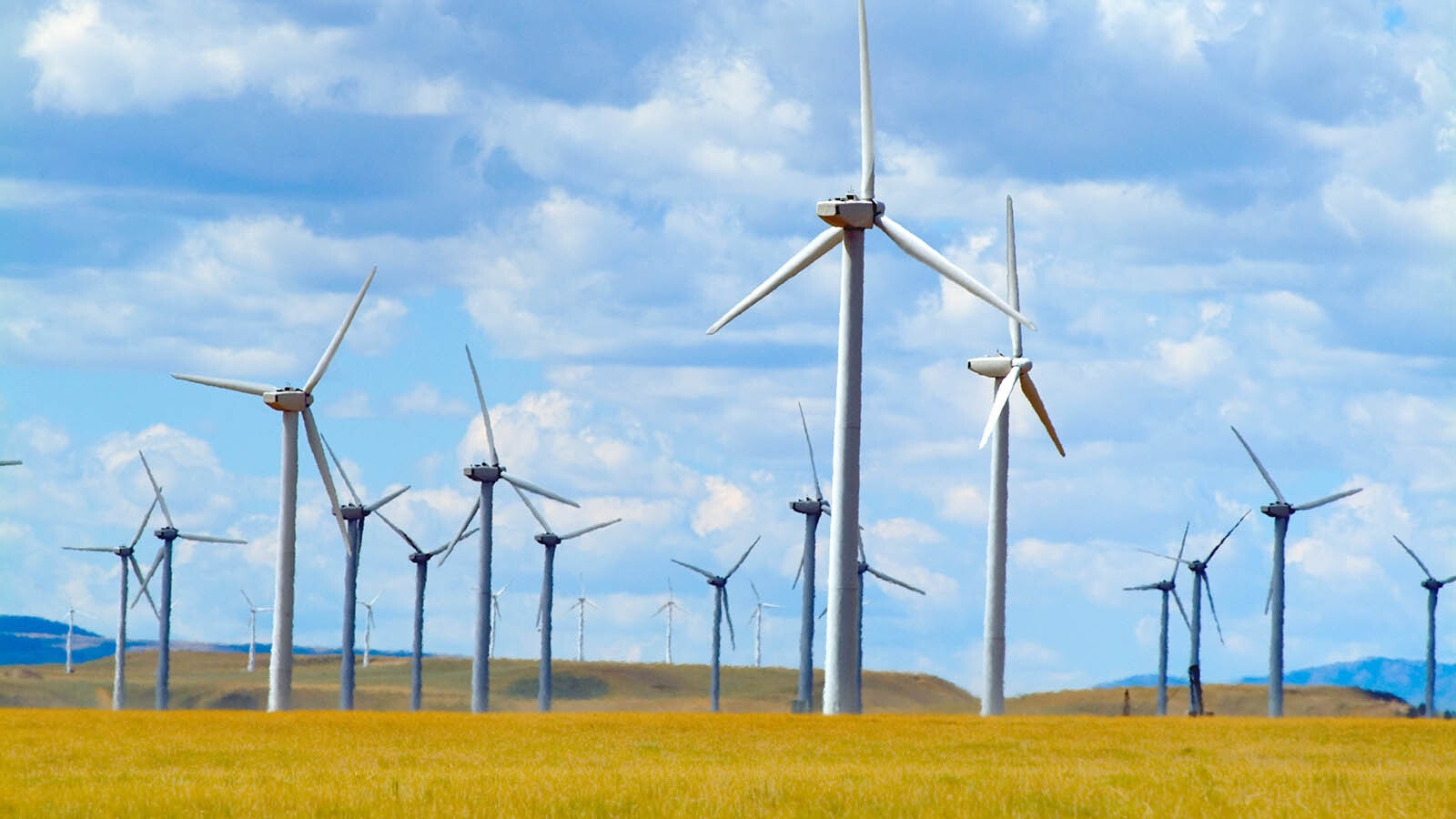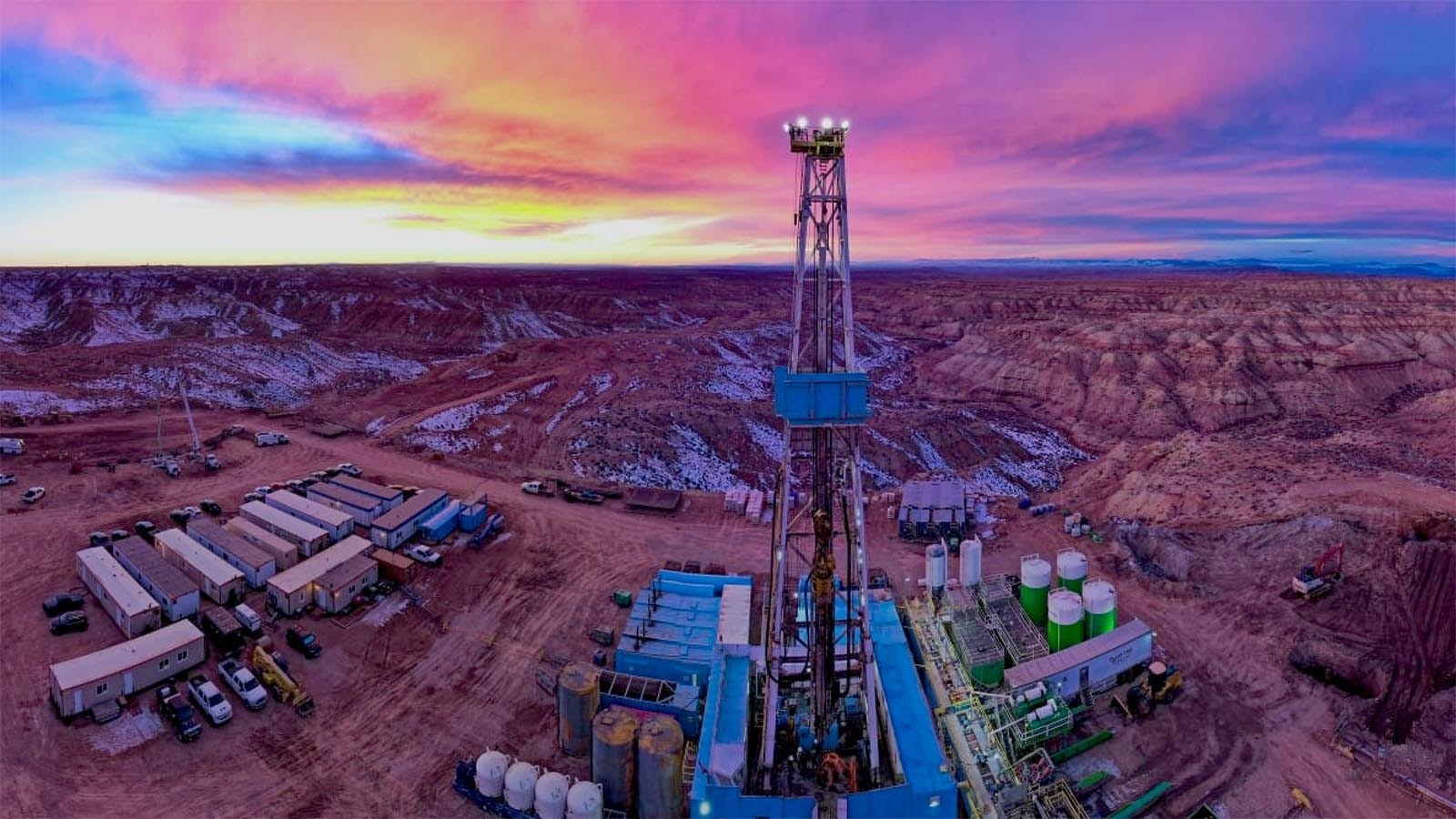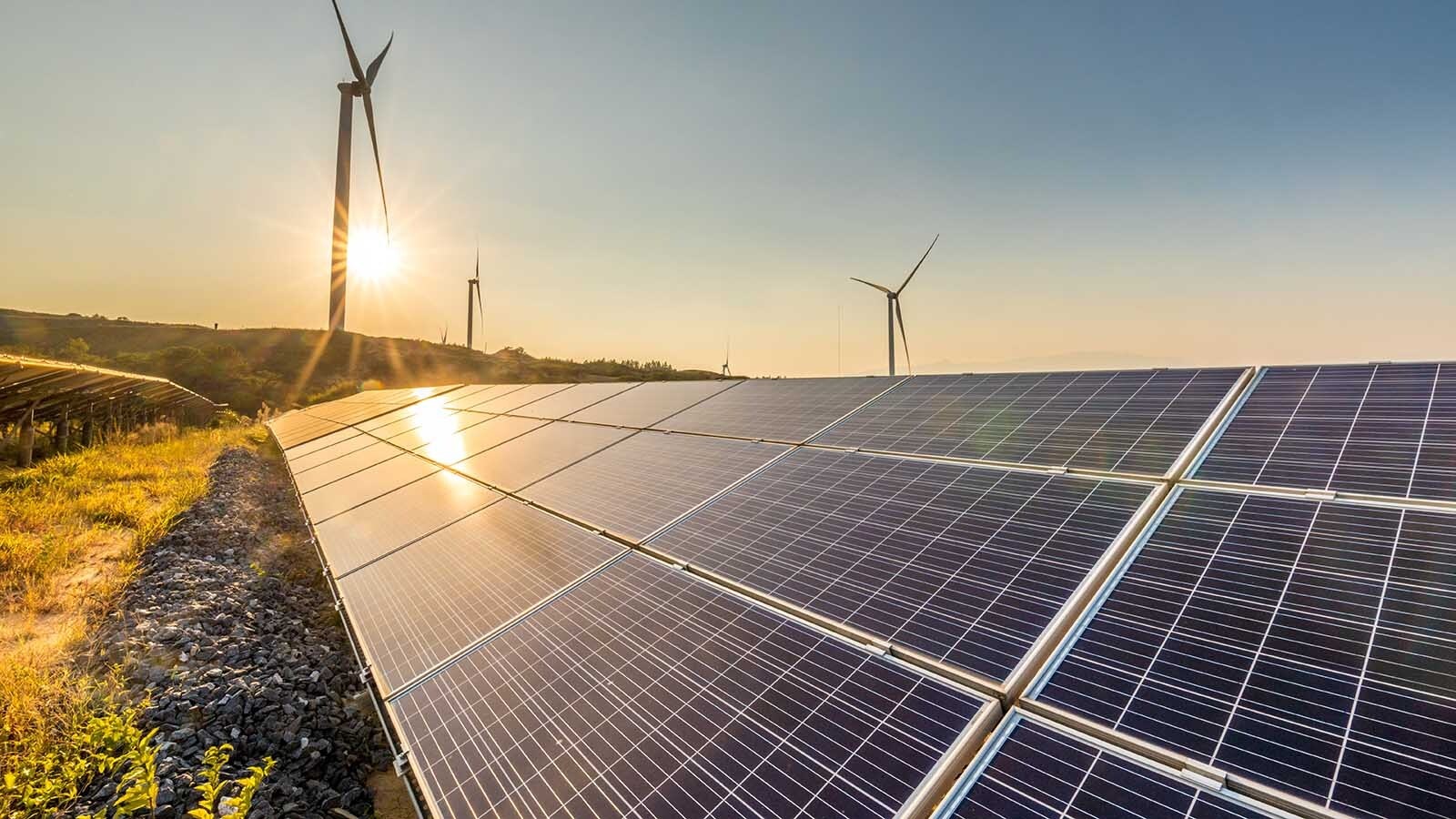By Kevin Killough, energy reporter
Kevin@CowboyStateDaily
A proposed gold and copper mine west of Cheyenne could potentially breathe new life into the area near a southern Wyoming ghost town.
Having submitted its mine permit application with the Wyoming Department of Environmental Quality, U.S. Gold Corp. officials say the company is in a good position with its planned CK Gold project near the ghost town of Hecla between Laramie and Cheyenne near Curt Gowdy State Park.
That could be good news for Wyoming workers looking for jobs.
When operational, the gold and copper mine will directly employ more than 300 permanent workers and generate an estimated $75 million in tax revenue during its estimated 10- to 15-year lifespan, which includes construction and reclamation, said Edward Carr, who founded U.S. Gold Corp. and now works as a consultant.
University of Wyoming researchers estimate 2,600 direct and indirect jobs in that time. Construction of the mine will create an estimated 1,900 jobs — not all at once — and another 650 to 700 jobs would indirectly support construction workers and miners.
The reclamation process will employ an estimated 58 people.
The permitting process through the Wyoming Department of Environmental Quality will take an about 18 months, and then construction can begin.
Carr said working with the state of Wyoming is considerably different than with the Bureau of Land Management, at an exploration operation on federal land in central Nevada. Because the CK Gold mine is on state and private land, the company has hasn’t had to jump through some of the hoops required to mine federal land.
“I remember going into the BLM office in Elko, (Nevada) and we were the enemy,” Carr said. “I mean, it was very confrontational, combative.”
Carr said it was an entirely different experience working with Wyoming agencies on the CK Gold Mine.
“I went to the authorities here, and they were like, ‘Hey, can we get you a cup of coffee? How can we help?’ It was unbelievable. Like, wow, these guys are great,” Carr said.
No Nasty Chemicals
The area has been mined since the 1800s, when the railroads first came through. The CK Gold Mine is near Hecla, which once was home to hundreds of people but has long since been abandoned. Several historic mines dot the landscape around the CK Gold Mine site, but major mining operations ended just prior to World War II.
Miners in the 1800s worked with pack animals and pickaxes to dig through raw ore that contained about 12 grams of gold per ton.
Going underground and “chasing veins” of gold wasn’t economical, said U.S. Gold Corp President and CEO George Bee. That’s why operations weren’t sustained.
Bee has been in the mining industry for about 40 years and has worked mines in the Andes Mountains up at 14,000 feet in elevation and operations involving a thousand employees.
The CK Gold Mine will be an open-pit shovel operation similar to the Granite Canyon quarry 3 miles away. The ore will produce about 0.7 grams of gold per ton, and a bit of copper.
The operation will crush and grind the copper- and gold-bearing rock. Then, using a process called froth floatation, will create a concentrate. That will be refined off site at refineries in Utah and elsewhere.
“So, as a consequence, we don’t have any metal extraction with no emissions from a stack or we don’t have any nasty chemicals,” Bee said.
He also said the operation also won’t require cyanide, which is often used to leach gold from mined ore. And since rock in the area is as waterproof as granite, it won’t have any impact on the water table.
The company will buy water from the Cheyenne Board of Public Utilities, which has a pipeline running near the mine. It will also have to pay several million dollars in system impact fees.
That means U.S. Gold won’t drill wells or build additional pipelines.
Keep It Local
Besides permitting with agencies that Carr said have been helpful, the operation has other strengths. After working high in the Andes, Bee said that having the Wyoming operation near Interstate 80 will make logistics easier. With all the open-pit mining in the Powder River Basin in northeastern Wyoming, the company also has access to equipment, suppliers and manufacturers.
Bee said the company plans to hire local people and local contractors, with the aim of making the mine benefit Wyoming as much as possible. He said he’s not too concerned about challenges in recruiting mine workers. At operations in Nevada, he said U.S. Gold provided training to people who transitioned from service industries and managed to have enough people.
The company also has done a lot of outreach with property owners in the area and is trying to be as open as it can be about the plans, Bee said.
The operation will impact about 972 acres. The pit itself is about 80 acres, and remaining will be dedicated for a processing mill, shop, roads and tailings piles (i.e. what’s left after the concentrate is extracted).
After the mining operation is done, the reclamation process will return the area back to pasture land. The pit will be backfilled. The tailings piles will be squeezed to remove as much of the water as possible, stacked and compacted. That will then be covered with rock and topsoil, which will be set aside during mining, will cover the rock. Lastly, native grasses will be planted.
“Once it’s all done, we will then make sure the slopes are nice and gentle,” Bee said.

